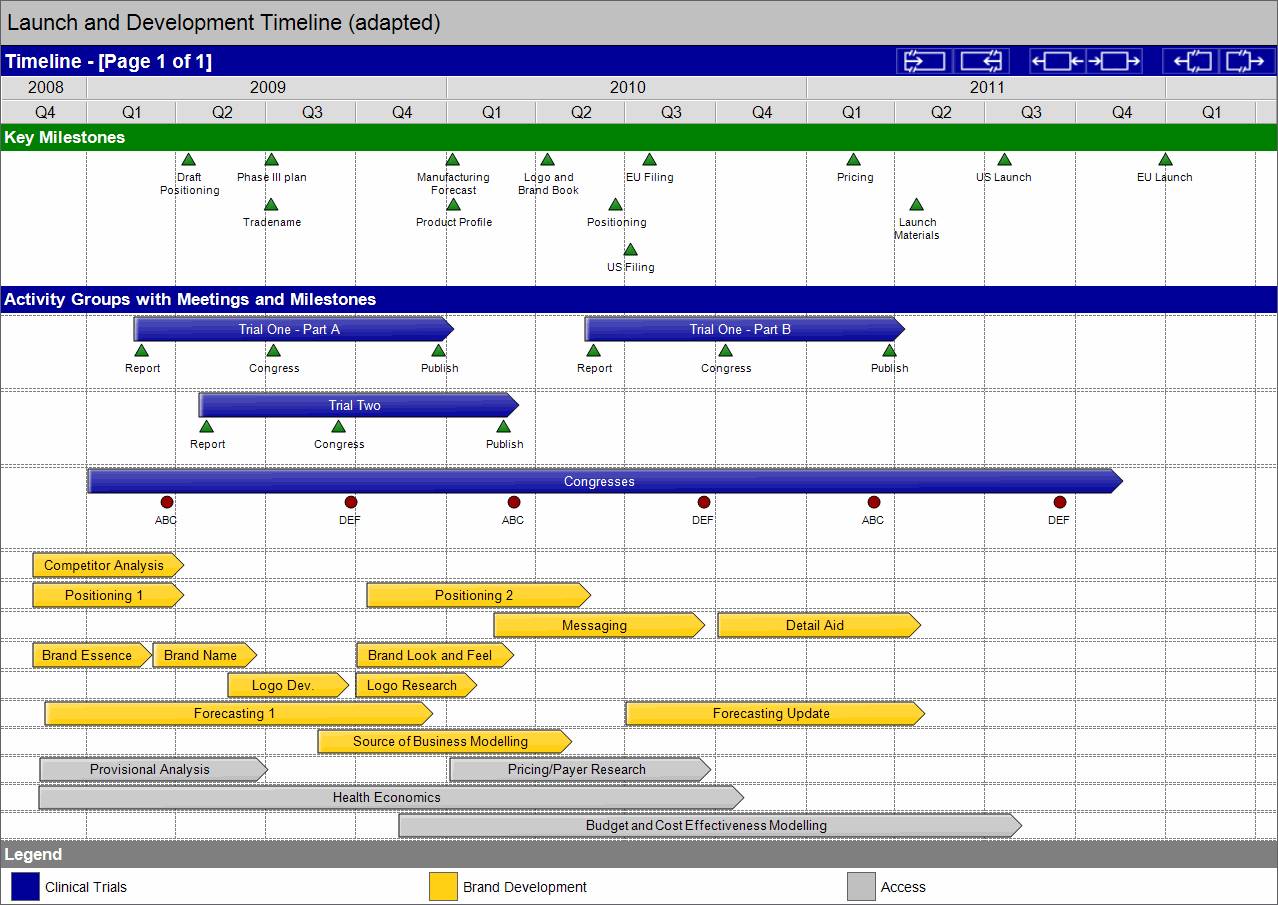


The more accurate your list of deliverables, the more accountable your project teams will be to agreed-upon objectives. Start by identifying the key deliverables for each task or sprint use a similar process to Step 1, by making progressive sweeps through the timeline to identify increasingly granular deliverables. From here on out, the process shifts more to vetting and logistics planning - bringing the schedule to life with the realities it will take to achieve it. Steps 1 and 2 are primarily about creating and visualizing the project timeline itself. What is the key deliverable for each task?

Later, this will help ensure you can measure a project’s timeline needs against the reality of its execution. Even if the project’s end delivery date is its most important factor, make sure to start compiling work and time estimates from the teams responsible for each task. Knowing how much time each task will take can also help agile managers assess the total number of sprints the project requires. The terms “project management timeline” and Gantt chart can often be used interchangeably, although not all project timelines have to be in Gantt format. Depending on what platform you’re building your timeline in, it might start looking like a traditional Gantt chart - and that’s a good thing. Once you have your tasks fully mapped out, start layering in the projected time required to complete them. Waterfall projects will mainly draw their framework from the more macro key points. Start with only key points, then make successive sweeps through the timeline to build increasingly granular moments in between.ĭepending on your project methodology, those smaller milestones could group into the kind of sequences that eventually become sprints. Take your final objective and work backward to map out the individual tasks that will need to be completed to reach that end. The first step to building a comprehensive timeline is to start segmenting the project down. How does my end goal break down into individual tasks? The following checklist can help project managers and owners cover their bases, from building a project’s first task to planning out rounds of approval and mitigating project risks. Either way, building a reasonable project timeline is a make-or-break step in a project’s early stages. Agile projects, on the other hand, depend on flexibility and at-times intricate work sprints, meaning managers must try and account for the inevitable waves of change. Waterfall projects, on the one hand, are usually rigid in both structure and schedule, putting a premium on high-quality up-front estimating. Regardless of whether you’re working in a waterfall or agile project, building an initial project timeline presents unique challenges.


 0 kommentar(er)
0 kommentar(er)
